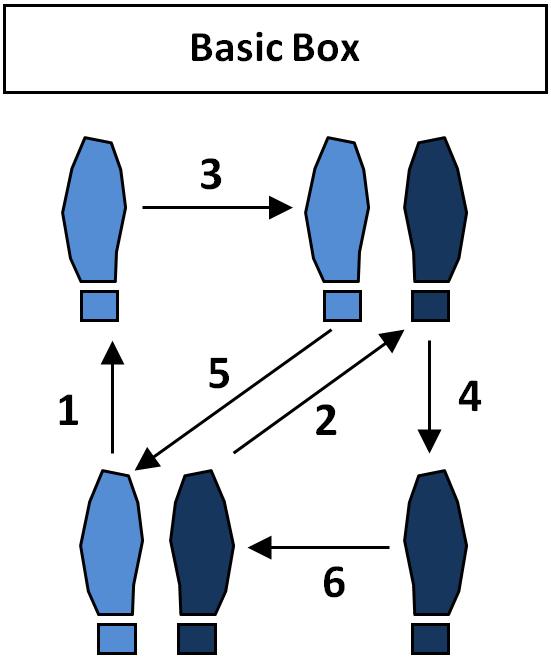
Shigeo Shingo is well-known in Continuous Process Improvement, and his ideas permeate much of what is accomplished in the CPI arena. One of my favorite ideas that came from him follows in the quote below, and it can be a big help to you if you are seeking direction in how to approach your Lean initiative.
“There are four purposes of improvement: easier, better, faster, and cheaper. These four goals appear in the order of priority.”
So what are you supposed to take away from this statement? That organizations pay CI professionals primarily to make the job easier? And other benefits follow (as resources permit)?
I don’t think it works that way.
Here is what I think is happening. I think Shigeo Shingo was exceptionally “dialed in” to the needs of the people who had the most to gain from (and the most to offer to) process improvement.
According to Herzberg’s Motivation-Hygiene Theory, some workplace factors cause satisfaction, while others cause dissatisfaction. Herzberg argued that workers weren’t just satisfied with (as compared to Maslow’s Hierarchy of Needs) “lower-level” needs; rather, workers both prefer high-level needs (satisfiers) while simultaneously detesting dissatisfiers.
Combining both Maslow’s and Herzberg’s frameworks, Shingo was able to sequence Lean objectives to address both the satisfiers and the dissatisfiers workers face.
- Easier: This addresses a dissatisfier as well as a low-level need. Workers are able to improve an aspect of their job that directly affects physiological and safety/security needs. A dissatisfier is removed first (which, not coincidentally, aligns with the priority of a Kano Analysis)
- Better: Shingo is now addressing a satisfier/high-level need. Workers can do the same job, but better. Self-esteem is improved and satisfaction increases.
- Faster: Assumed limits have been surpassed. Potential beyond what was originally accepted is now achieved. Satisfaction has occurred, as has the beginning of self-actualization.
- Cheaper: Self-actualization is now achieved as what was previously thought to be an impossible accomplishment can now be done with less resources. Workers are at peak satisfaction and self-actualization at this point, because they are the ones responsible for the improvements.
Although all the pieces are present, they only work in the order presented. By skipping or misordering steps you are asking workers to either bypass quality, work more slowly, or work harder than necessary. Shigeo Shingo’s methodology is expertly crafted to maximize the potential of the Lean methodology and the people who are responsible for making it happen.
Do you have an opinion or experience you’d like to add? Leave a comment below!

1 comment / Add your comment below